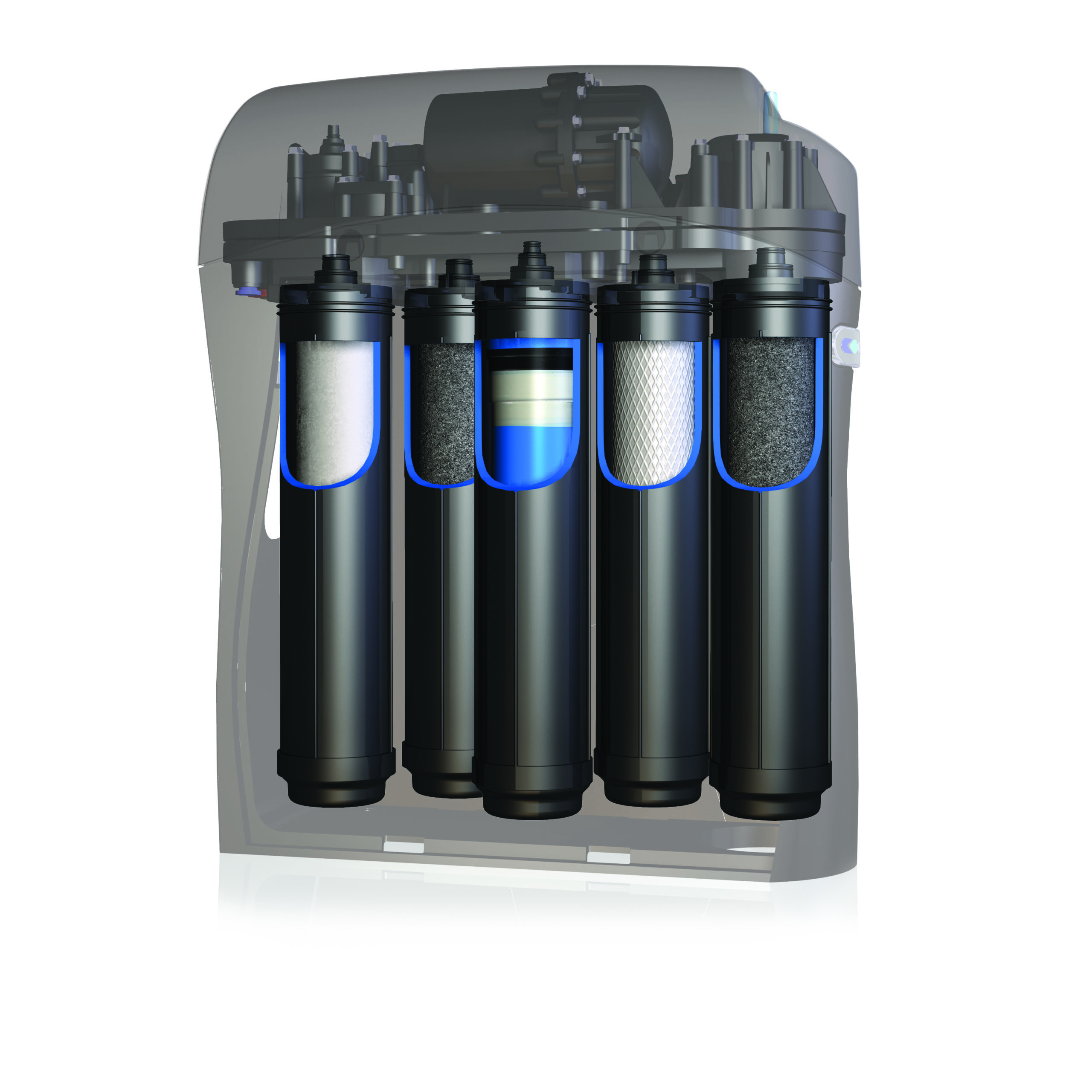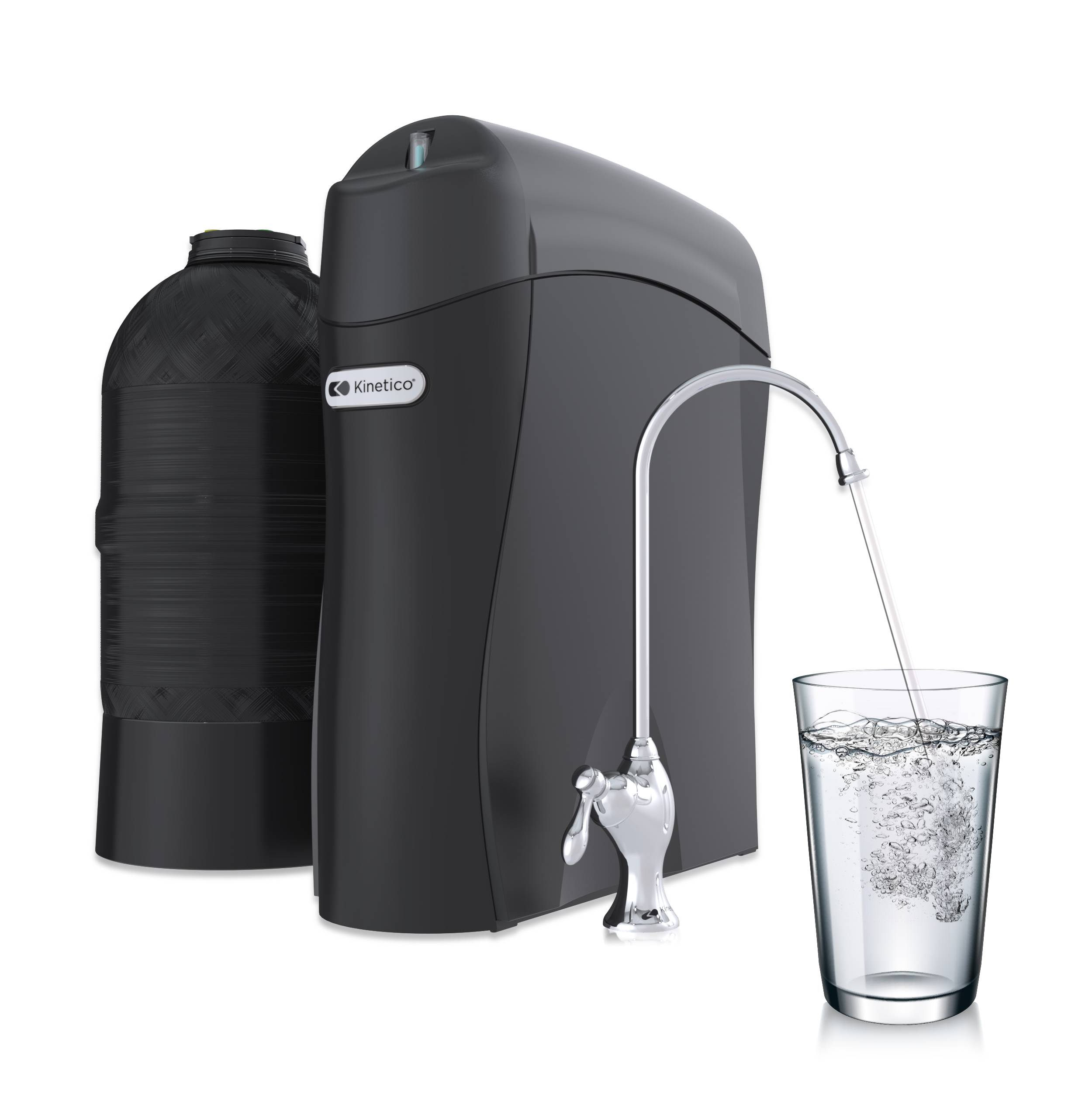
Reverse osmosis (RO) is a water purification process that might sound complex, but fear not! Let’s break down the ins and outs of reverse osmosis in simple terms, helping you understand how this technology works and why it’s essential for producing clean and safe drinking water. Reverse osmosis (RO) is a powerful water purification process that has become increasingly popular for households and industries alike.
Understanding Reverse Osmosis
What is Reverse Osmosis?
Reverse osmosis is a water purification method that relies on a semi-permeable membrane to remove impurities and contaminants from water. It’s like a microscopic bouncer at a club entrance, only allowing water molecules to pass through while blocking the undesirable elements.
The Role of Semi-Permeable Membrane:
Imagine a super-thin filter with incredibly tiny pores. The semi-permeable membrane in reverse osmosis acts as this filter, allowing only water molecules to squeeze through while blocking larger particles like salts, minerals, and other impurities.
The Reverse Osmosis Process
Pre-Filtration
Before water enters the reverse osmosis system, it undergoes pre-filtration to remove larger particles like sediment and debris. This step ensures that the semi-permeable membrane isn’t clogged by bigger contaminants.
Pressurization
The water then enters the reverse osmosis system under pressure. This pressure is essential for pushing the water through the semi-permeable membrane, overcoming the natural osmotic pressure that would typically prevent the flow of water.
Separation at the Membrane
As water is pushed through the membrane, the tiny pores trap impurities and contaminants, allowing only pure water molecules to pass through. It’s like a molecular sieve, with only the smallest players (water molecules) making it to the other side.
Product and Reject Water
The process yields two streams: product water and reject water. The product water is the purified water that passes through the membrane, ready for consumption. The reject water contains the concentrated impurities and is directed away, preventing the build-up of contaminants in the system.
Applications of Reverse Osmosis
Drinking Water
One of the primary uses of reverse osmosis is in producing clean and safe drinking water. Many households use RO systems to ensure the removal of impurities, providing a reliable source of quality drinking water.
Desalination
Reverse osmosis plays a crucial role in desalination, the process of turning seawater into freshwater. By removing salt and other minerals, RO makes seawater safe for human consumption and agricultural use.
Industrial Processes
Various industries utilize reverse osmosis for water purification in manufacturing processes. It helps maintain the quality of water used in production, preventing contaminants from affecting the final products.
Advantages of Reverse Osmosis
Removal of Contaminants
RO is highly effective in removing a wide range of contaminants, including bacteria, viruses, dissolved minerals, and chemicals. This makes it a reliable method for producing pure and safe drinking water.
Energy-Efficient
Compared to some other water purification methods, reverse osmosis is relatively energy-efficient. The process doesn’t require excessive heat or extensive chemical treatments, contributing to its sustainability.
Compact and Versatile
Reverse osmosis systems come in various sizes, making them suitable for both household use and large-scale industrial applications. Their streamlined design facilitates straightforward installation and upkeep.
Challenges and Considerations
Waste of Reject Water
A drawback of reverse osmosis is the production of reject water, which contains concentrated impurities. Finding eco-friendly solutions for the disposal or reuse of rejected water is a challenge that researchers and engineers are actively working on.
Selective Removal
While RO is effective in removing a wide range of contaminants, it is selective in its process. Some dissolved gases and certain small molecules may pass through the membrane, necessitating additional treatment methods for comprehensive purification.
Maintenance and Care
Regular Filter Replacement
To maintain the efficiency of a reverse osmosis system, it’s crucial to replace the pre-filters and the semi-permeable membrane periodically. This ensures that the system continues to produce high-quality, purified water.
Sanitization
Regular sanitization of the system is essential to prevent the growth of bacteria and algae. This involves cleaning the components and the membrane to ensure the longevity and effectiveness of the reverse osmosis system.
Reverse osmosis is a remarkable technology that has become a cornerstone in ensuring access to clean and safe drinking water. By understanding the simple principles behind this process, we can appreciate its significance in various applications, from purifying water at home to making seawater drinkable.
In the bustling city of Las Vegas, where water quality matters, Kwater stands as a reliable choice for ensuring clean and pure drinking water through the wonders of reverse osmosis. With an advanced system that includes pre-filtration, a high-tech membrane, and thoughtful post-filtration, it guarantees that your tap water transforms into a refreshing, safe, and great-tasting experience.
Choosing K Water means embracing an eco-friendly solution to water purification, reducing reliance on single-use plastics. As you savor a glass of crystal-clear water, you’ll appreciate the simplicity and effectiveness of reverse osmosis in Las Vegas, NV, providing you with the peace of mind that comes from knowing your water is in good hands. As technology advances, researchers continue to refine and improve reverse osmosis systems, making them even more efficient and sustainable. So, the next time you take a sip of that refreshing glass of water, you can thank reverse osmosis for making it possible.



